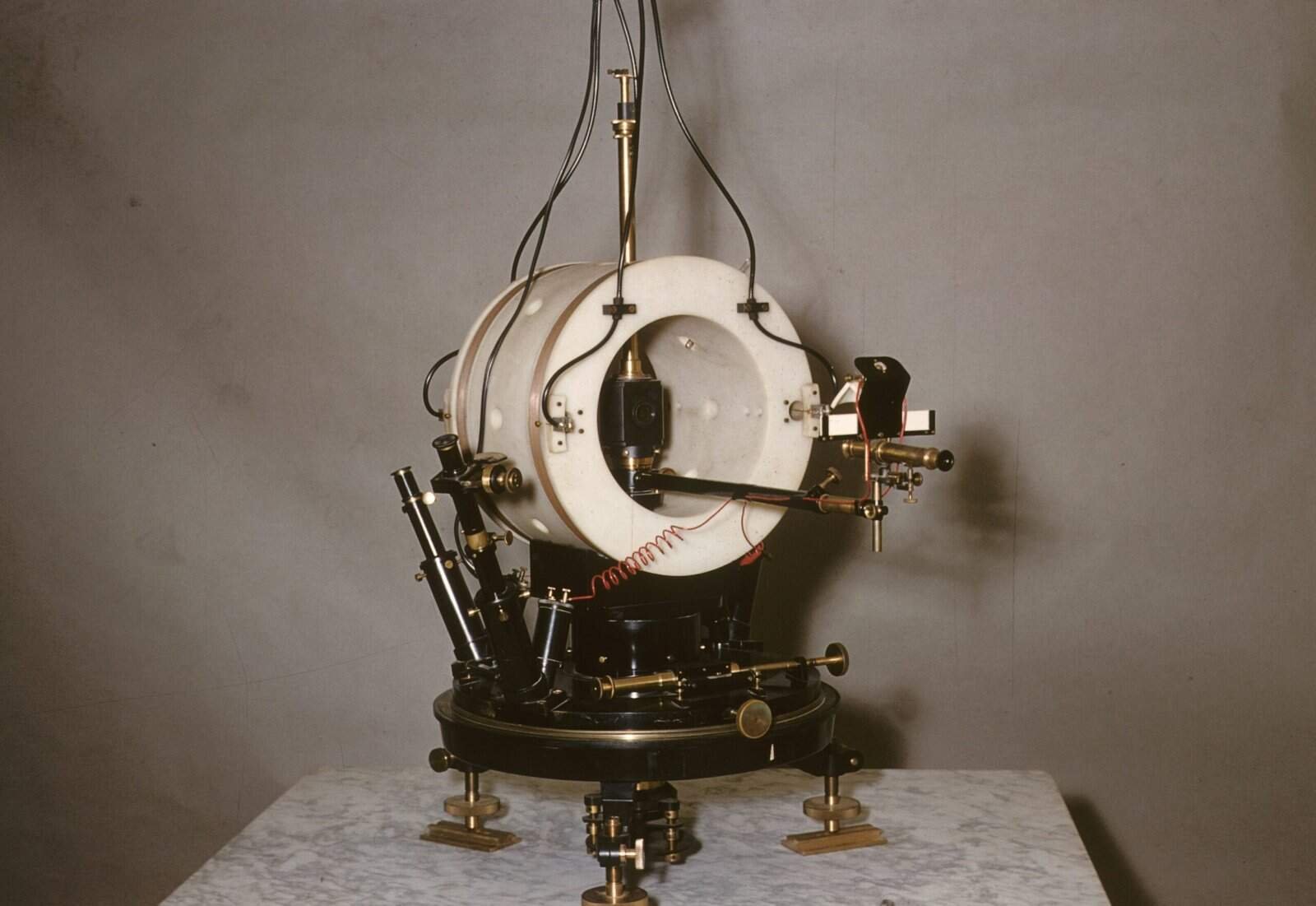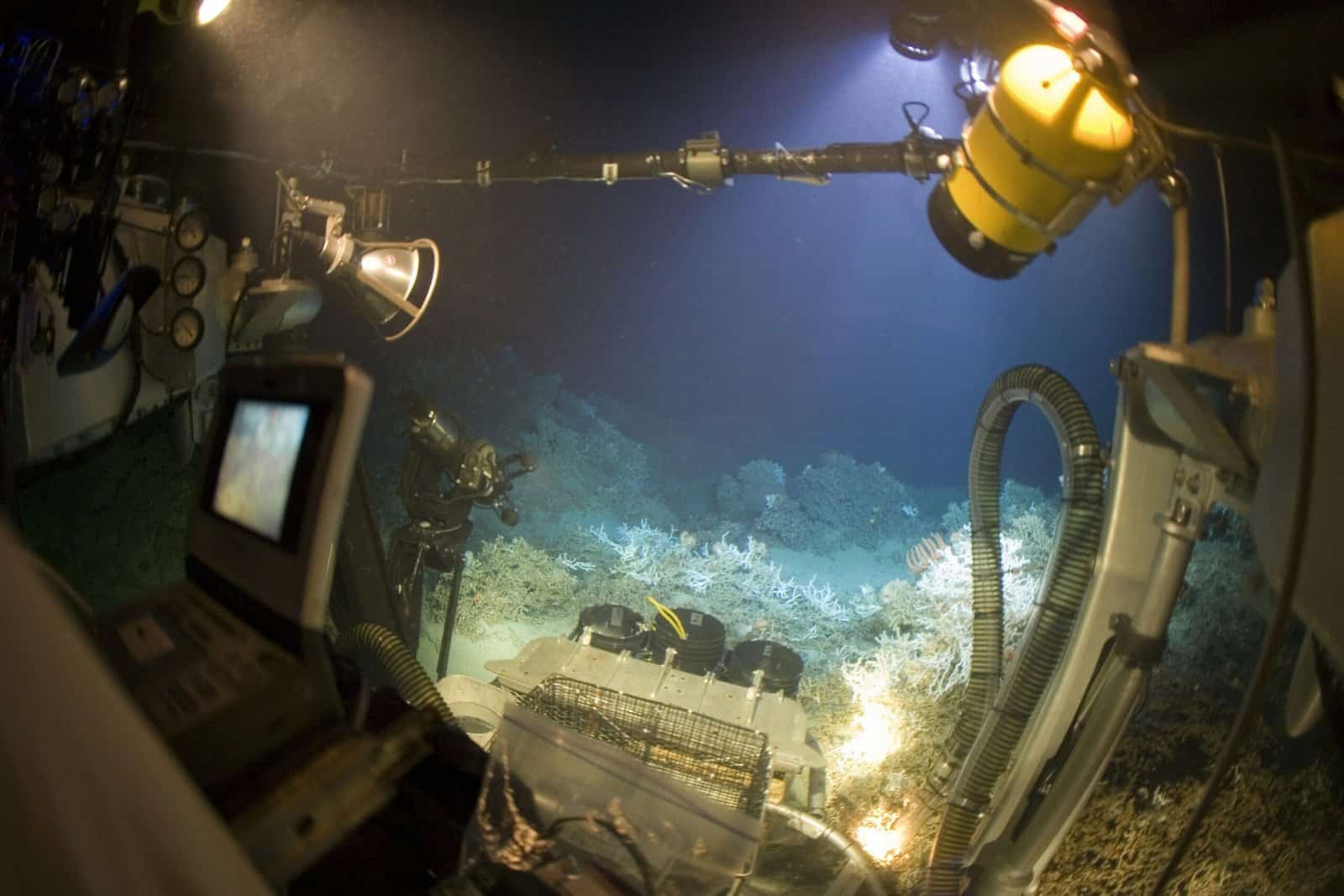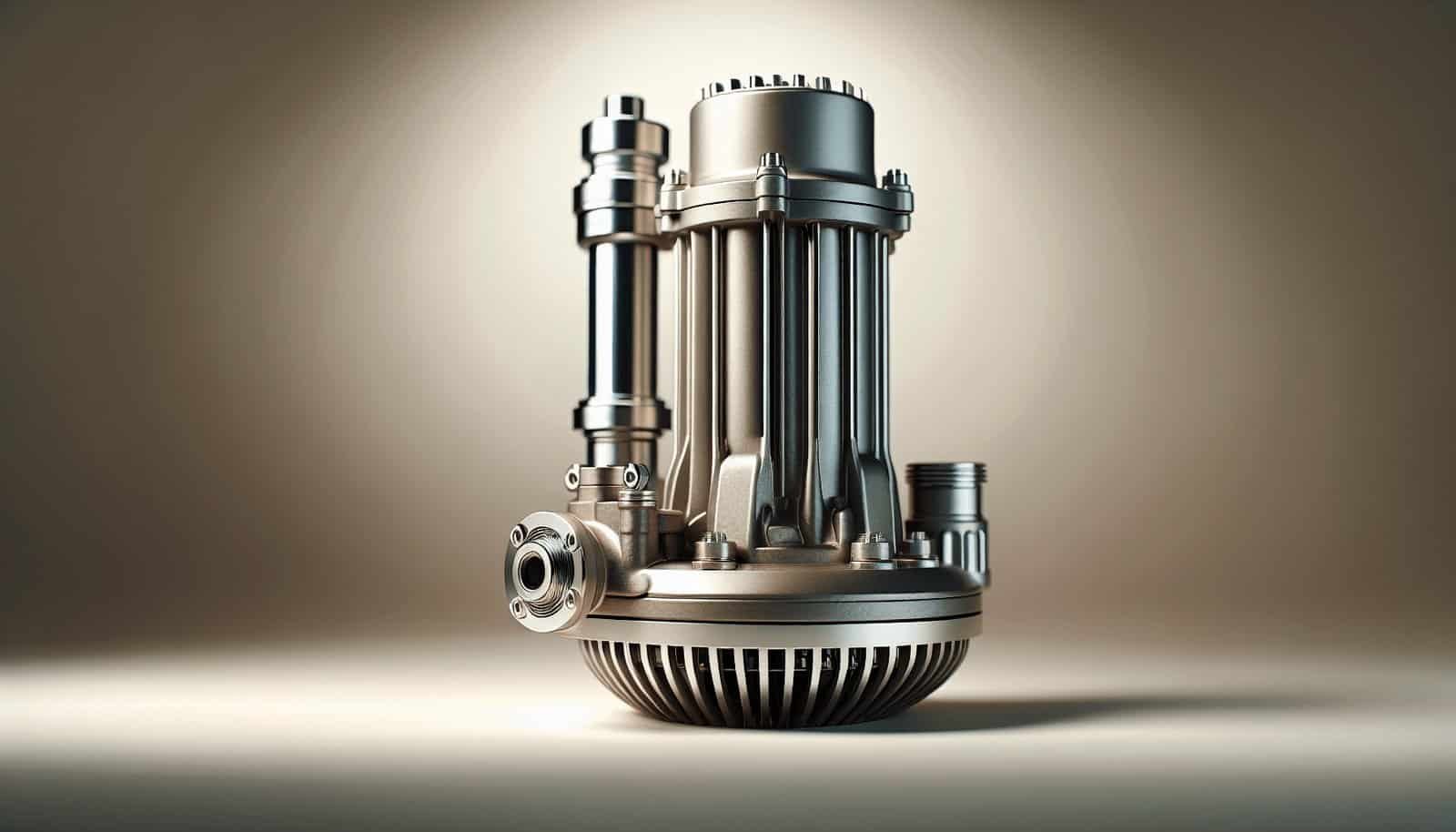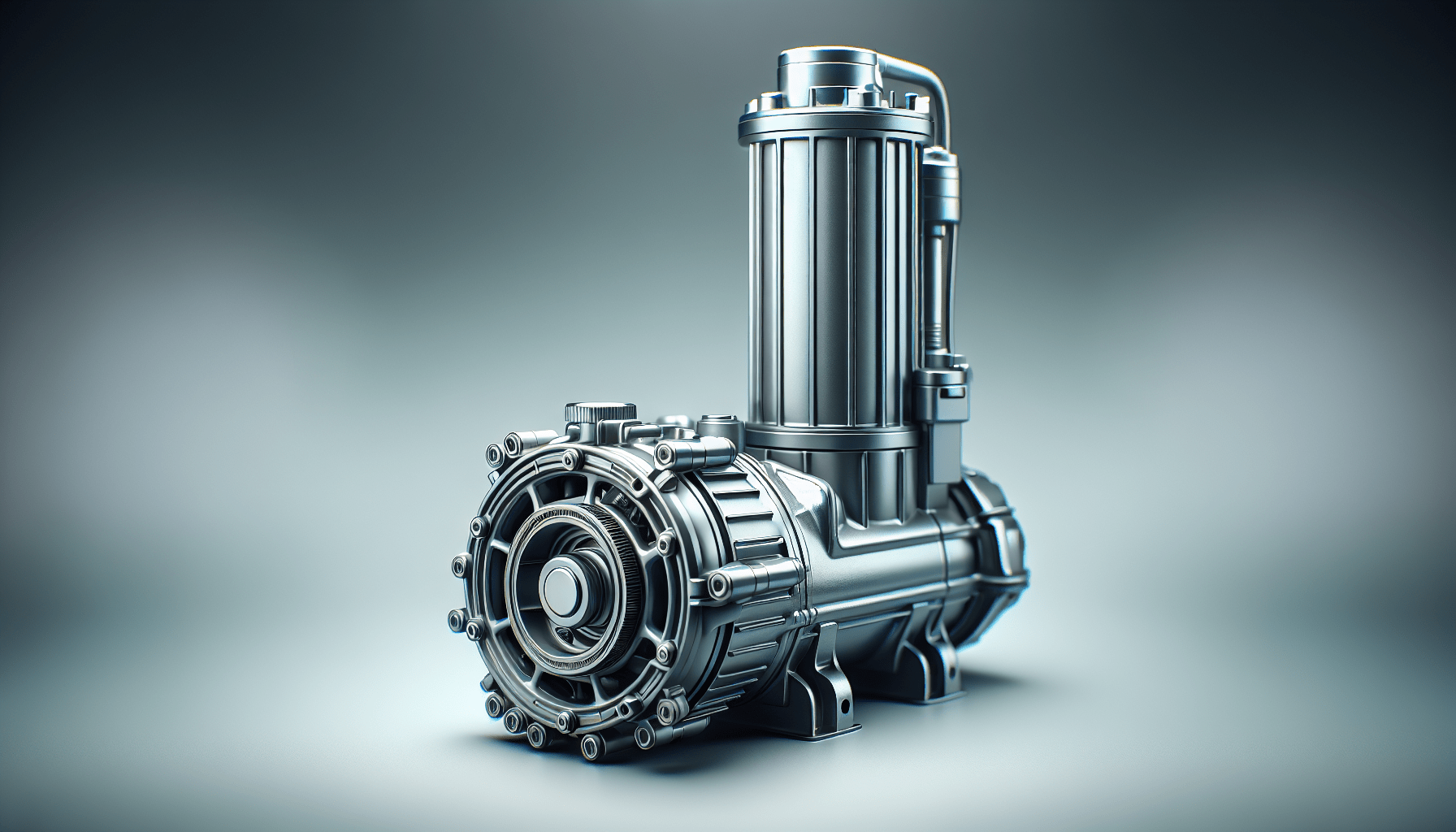Have you ever wondered how to maintain your submersible well pump efficiently? Understanding the intricacies of your well system can save you time and money while ensuring a continuous supply of water. Maintaining a submersible well pump isn’t just about fixing problems as they arise but preventing them from occurring in the first place. Let’s explore the steps you can take to prolong the life of your pump and ensure it operates at peak performance.
Understanding Submersible Well Pumps
Before delving into maintenance, it’s crucial to have a basic understanding of what a submersible well pump is and how it functions. A submersible well pump is designed to be installed beneath the water in your well, pushing water up to the surface. These pumps are typically cylindrical and long, aiding in their immersion and overall efficiency.
How Submersible Well Pumps Work
The principle behind these pumps is rather straightforward. They are composed of a motor that powers an impeller, which is a rotating device that moves water into the pump and then pushes it to the surface. Due to their submerged position, these pumps are sealed to prevent any water from reaching the motor. This design not only enables efficient operation but also minimizes the risk of overheating.
Benefits of Submersible Well Pumps
Submersible pumps offer several advantages, such as energy efficiency, quiet operation, and effectiveness in pumping water from varying depths. Because they are already placed in the water, they don’t need to expend energy to draw water up from the surface, making them more efficient compared to some other pump types.

Key Maintenance Steps
Knowing how to maintain your pump involves a series of steps that ensure it operates smoothly. Regular maintenance helps extend the lifespan of your pump and avoids costly repairs or replacements down the line.
Regular Inspections
Conducting regular inspections of your submersible well pump is crucial. This involves checking both the pump and the components it operates with, such as electrical connections and pipes. An inspection should be performed at least once a year to identify any wear and tear.
- Check Electrical Connections: Ensure that all wires and connections are intact and corrosion-free.
- Inspect the Pump Body: Look for any visible damage or wear on the pump body, such as cracks or rust.
- Assess Water Clarity: Cloudy or muddy water can indicate issues with your well or pump.
Testing the Pump
Testing your pump’s functionality is an essential part of its maintenance routine. You should be monitoring its performance parameters, such as water pressure and flow rate.
- Monitor Water Pressure: Ensure the pressure remains consistent during usage. Fluctuating pressure can signal a failing pump or pressure tank.
- Check Flow Rate: Compare the water flow rate with the manufacturer’s specifications. A reduced flow rate could indicate blockages or wear.
Preventive Measures
Preventive maintenance can involve actions that protect your pump from certain risks. Taking these measures will help in avoiding unnecessary issues.
- Proper Installation: Make sure your pump is installed according to specifications. Improper installation can lead to inefficiency or damage.
- Maintain Water Quality: Test your water regularly for acidity and contaminant levels, as these can affect the pump’s performance.
- Ensure Proper Cooling: Make sure the pump isn’t drawing in air, ensuring a stable water level. Submersible pumps rely on water for cooling.
Handling Repairs
Understanding how to deal with minor repairs can be beneficial, though more significant issues should be left to professionals.
- Seal Replacement: If you notice a leak, sealing components like O-rings or gaskets may need replacement.
- Motor Issues: If the motor is not working correctly, it usually requires professional servicing.
- Impeller Problems: Clogs or damage to the impeller can be cleaned or replaced if necessary.

Common Issues and Solutions
Despite proper maintenance, you may encounter common issues with your submersible well pump. Being prepared to handle these can prevent panic and prolong your pump’s lifespan.
Loss of Water Pressure
If you’re noticing a loss in water pressure, it could be due to a clogged pump, an issue with the pressure tank, or pipe leaks. Investigate each of these areas and clean or repair as needed.
Noisy Operations
Unusual noises can be alarming and are typically a sign of mechanical failure or debris in the pump. Clearing obstructions and inspecting for mechanical wear are prudent steps.
Short Cycling
Short cycling (frequent on and off operations) often indicates a problem with your pressure tank or switch. Check these components and adjust the pressure settings or replace faulty parts as required.

Tools and Equipment Needed for Maintenance
Having the right tools and equipment on hand can ease the process of maintaining and repairing your submersible well pump. Here’s a handy table of what you might need:
| Tool/Equipment | Purpose |
|---|---|
| Multimeter | Testing electrical connections |
| Pipe Wrench | Handling pipe connections |
| Bucket/Container | Collecting water samples |
| Cleaning Supplies | Removing debris and cleaning components |
| Safety Gear | Protecting yourself during maintenance |
| Spare Seals and O-rings | For quick replacements of worn parts |

Professional Maintenance
While routine checks and minor fixes can be performed by you, some maintenance tasks should be handled by professionals. This includes any work involving deep electrical repairs or extensive mechanical issues, which could pose safety risks if improperly managed.
Hiring a Professional
When choosing a professional for your submersible pump maintenance, consider factors like experience, reputation, and licensure. This ensures that you receive high-quality service and avoid any voiding of warranties.
Costs Involved
Maintenance costs can vary depending on the complexity of the issue and the professional’s rates. Having a regular service contract might help in managing ongoing expenses and catching potential issues before they escalate.

Conclusion
Taking care of your submersible well pump requires a mix of regular inspections, preventive strategies, and an understanding of when to call in a professional. By following these guidelines, you can maintain your pump efficiently, ensuring reliability and minimizing potential disruptions in your water supply. Remember, a little attention goes a long way in safeguarding the well-being of your household water system, and equips you with the understanding needed to handle any issues that arise with confidence.
